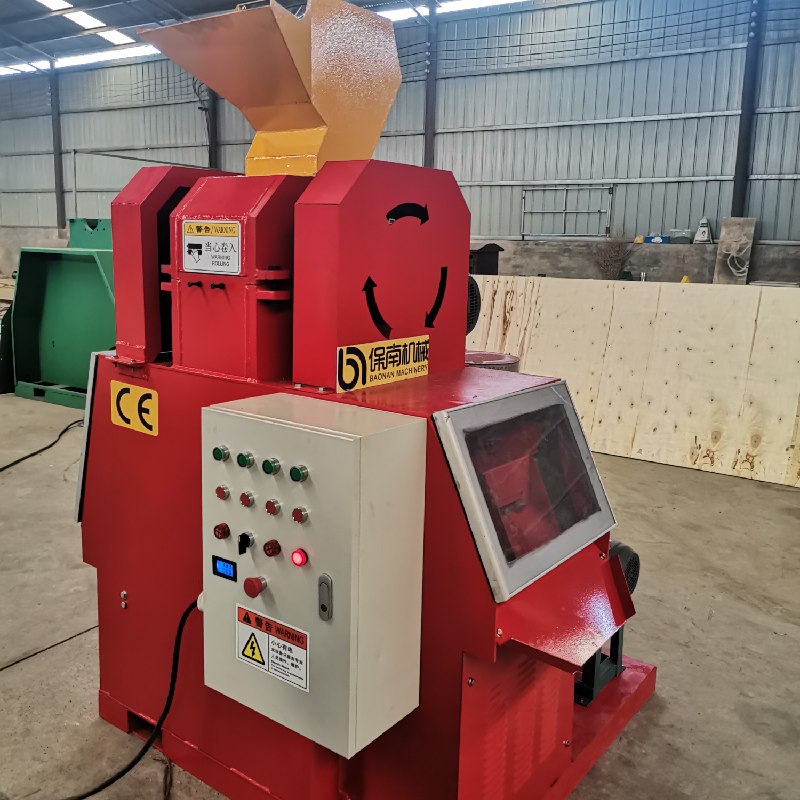

Jul . 23, 2024 14:38 Back to list
How to Recycle Circuit Boards A Comprehensive Guide
Circuit boards are integral components of most electronic devices, from smartphones to computers. However, their production and disposal can pose significant environmental challenges. Recycling circuit boards is not only beneficial for reducing electronic waste (e-waste) but also for recovering valuable materials such as gold, silver, copper, and various plastics. This article outlines a step-by-step guide on how to recycle circuit boards responsibly and sustainably.
1. Understanding Circuit Boards
Circuit boards, also known as printed circuit boards (PCBs), are made from a combination of materials, including fiberglass, resin, copper, and various metals. When electronic devices reach the end of their life cycle, these boards often end up in landfills, where harmful chemicals can leach into the soil and water. Recycling circuit boards helps mitigate these environmental risks and promotes the recovery of valuable materials.
2. Preparing for Recycling
Before recycling circuit boards, it’s essential to assess the condition of the electronic devices. If the device is still functional, consider donating or selling it instead of recycling the individual components. If the device is non-functional, disassemble it carefully to remove the circuit boards. Use appropriate tools such as screwdrivers and pliers, and be cautious of hazardous materials like lithium batteries. Always wear gloves and safety glasses to protect yourself during the disassembly process.
3. Finding a Recycling Facility
Once you’ve extracted the circuit boards, the next step is to find a recycling facility that specializes in e-waste. Many local recycling centers do not accept electronic components, so it’s essential to look for certified e-waste recyclers. Websites like the Institute of Scrap Recycling Industries (ISRI) offer resources to help locate certified organizations. Additionally, some manufacturers and retailers have take-back programs that allow you to return electronic devices for recycling.

4. Handing Over for Recycling
When you arrive at the recycling facility, inform the staff that you are bringing circuit boards for recycling. They will guide you on the appropriate procedures and may require you to fill out a form detailing the materials you're recycling. Make sure to ask about the facility’s recycling methods to ensure they follow environmentally friendly practices. A responsible recycler should be able to explain how they process the materials and what happens to them after collection.
5. Recovering Valuable Materials
Recycling circuit boards not only prevents e-waste but also helps recover precious metals and materials. During the recycling process, circuit boards are processed to extract metals like gold, silver, and copper. This not only conserves natural resources but also reduces the carbon footprint associated with mining new materials. The plastic components can also be reprocessed into new products, further minimizing waste.
6. Encouraging Awareness and Responsibility
To maximize the impact of circuit board recycling, it’s crucial to raise awareness about e-waste and its environmental implications. Educating friends, family, and community members about responsible recycling practices can significantly reduce the amount of electronic waste that ends up in landfills. Hosting workshops or informational sessions at schools or community centers can help spread knowledge about the importance of recycling circuit boards and other electronic waste.
Conclusion
Recycling circuit boards is a vital step towards a more sustainable future. By understanding the significance of e-waste recycling and following the outlined steps, individuals can contribute to reducing electronic waste, recovering valuable materials, and protecting the environment. As technology continues to advance, embracing responsible recycling practices will play a crucial role in fostering a circular economy, ensuring that our planet remains habitable for future generations.
Latest news
Troubleshooting Common Eddy Separator Problems
NewsJul.04,2025
The Role of Metal Recycling Plants in Circular Economy
NewsJul.04,2025
The Impact of Recycling Line Pickers on Waste Management Costs
NewsJul.04,2025
Safety Features Every Metal Shredder Should Have
NewsJul.04,2025
How Industrial Shredders Improve Waste Management Systems
NewsJul.04,2025
How Cable Granulators Contribute to Sustainable Recycling
NewsJul.04,2025